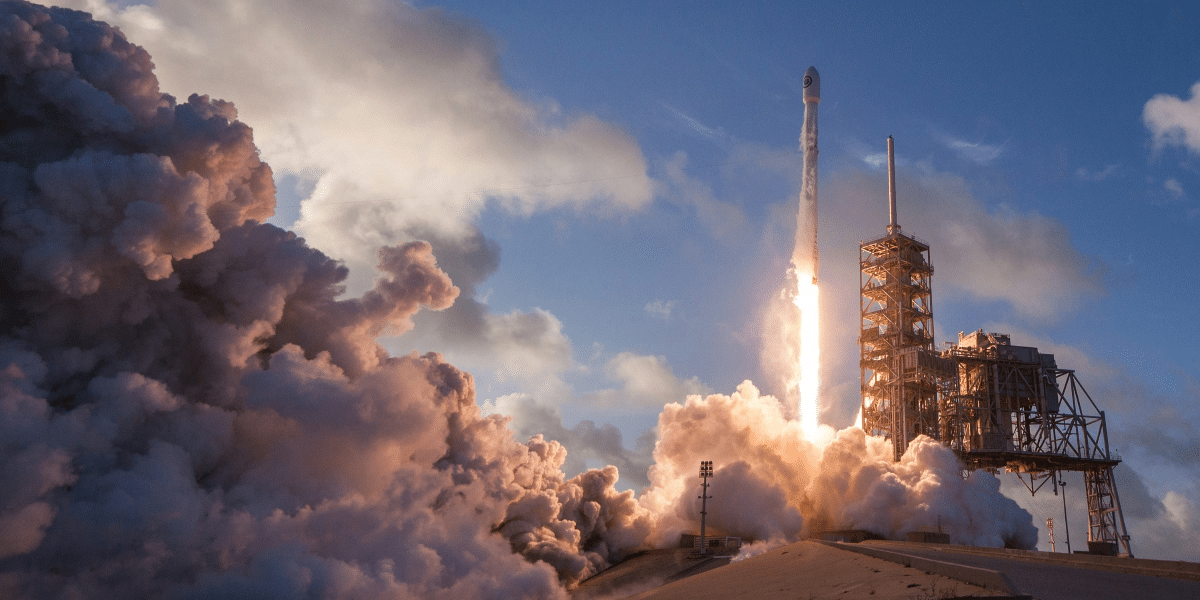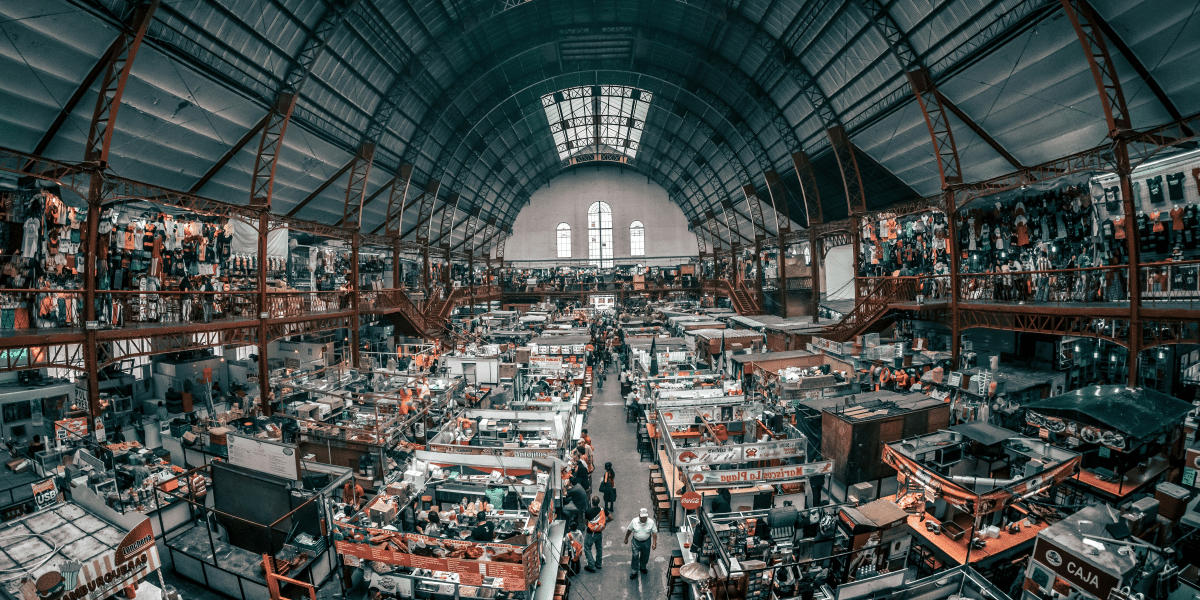When you think of Texas and space, Houston’s Mission Control and the iconic phrase “Houston, we have a problem” instantly come to mind. But Texas’s aerospace history is far richer than the well-known stories of astronauts and lunar missions. It’s filled with unsung heroes, pioneering women who beat the odds, and brilliant minds working behind the scenes to help propel America into the Space Age.
Long before Sally Ride became the first American woman in space, there was Bessie Coleman. Born in Texas in 1892, Coleman faced the double barriers of race and gender. Determined to fly, she traveled to France (since no American flight schools would accept her), becoming the first Black and Native American woman to earn a pilot’s license. Though her life tragically ended short in a plane crash, her legacy as a trailblazer who defied all expectations continues to inspire.
“Bessie Coleman didn’t just break barriers; she shattered them,” says an aviation historian. “Her courage went beyond flying; it was about proving that the sky was the limit for anyone daring enough to dream.”
In the 1960s, while NASA focused on selecting the Mercury 7 astronauts, a group of women underwent the same rigorous testing, privately funded by a visionary doctor. Thirteen of them passed, proving women had the physical and mental fortitude for spaceflight. Yet, it would take decades more for NASA to open its astronaut program to women.
“These women were the true pioneers, but their story was erased because of the sexism of the time,” notes a historian specializing in women in space. “Thankfully, we’re finally recognizing their remarkable achievements.”
The Brains Behtspind the Rockets
Think those early space missions ran purely on adrenaline and gut instinct? Think again! Behind every astronaut strapped into a rocket were Texas-based doctors meticulously working to keep them alive in an environment humans were never meant to survive. They were the pioneers of space medicine, grappling with big questions: How does zero gravity mess with your bones? What does space do to your eyesight long-term? How do you keep astronauts fit when confined to a tiny capsule? Their research paved the way for those multi-month missions on the International Space Station we take for granted today.
Meanwhile, engineers across the state were sweating the mind-boggling technical details. How do you build an engine with enough thrust to break Earth’s gravitational pull? What material can withstand the fiery inferno of launch and those subzero temperatures in space itself? Texas universities became hotbeds of problem-solving, fueled by the urgency of the Space Race. It was a statewide symphony of brilliant minds fixated on getting Americans to the moon and back safely.
Let’s not forget the unsung heroes known as “human computers”. Before the fancy tech that now powers rockets, these mathematical whizzes, mostly women, crunched mind-numbing calculations by hand. Picture rooms filled with women armed with pencils and slide rules, painstakingly figuring out precisely how much fuel was needed, the exact angle of launch, or how to bring a space capsule safely down to splash in the ocean. “These women were the original rocket scientists,” says a historian fascinated by their contributions.
Texas isn’t content to rest on its lunar landing laurels. The state is a major player in the next era of space exploration. SpaceX’s facility near Boca Chica, with its Starship prototypes gleaming on the launchpad, symbolizes this shift towards commercial space ventures. They’re aiming for Mars, reusable rockets, and that sci-fi dream of making space travel as common as hopping a transatlantic flight (well, at least for the ridiculously wealthy). It’s controversial, risky, and thrilling to watch play out in Texas.
The state’s universities are in on the action, too. They’re not just teaching textbook knowledge but collaborating with companies like SpaceX and NASA on cutting-edge research. Think students designing new habitats for Mars or developing ultra-light materials for spaceships. Texas universities are churning out graduates ready to tackle the space challenges of the 21st century.
This new wave of aerospace innovation might feel flashier than the era of government-run space missions, but that same pioneering spirit is in its DNA. “Texas has always been a place for bold dreamers and those willing to gamble on pushing boundaries,” observes a historian who studies the evolution of the space industry. “That spirit, combined with the influx of private money and some brilliant outside-the-box thinking, feels like the start of an exciting, if unpredictable, new chapter.”
Remembering the “Hidden Figures”
Shining a light on lesser-known contributors does more than just correct the historical record:
- Inspiration for New Generations: Young girls fascinated by space can see themselves in Bessie Coleman’s audacity or the brilliance of the women who were “human computers.”
- Appreciation for the Team Effort: It highlights that even the most celebrated space achievements were the result of diverse talents working towards a common, seemingly impossible, goal.
- Texas Pride Beyond the Stereotypes: It gives the state bragging rights beyond ten-gallon hats and barbecue. There’s a fascinating scientific and pioneering legacy Texans can be proud of.





